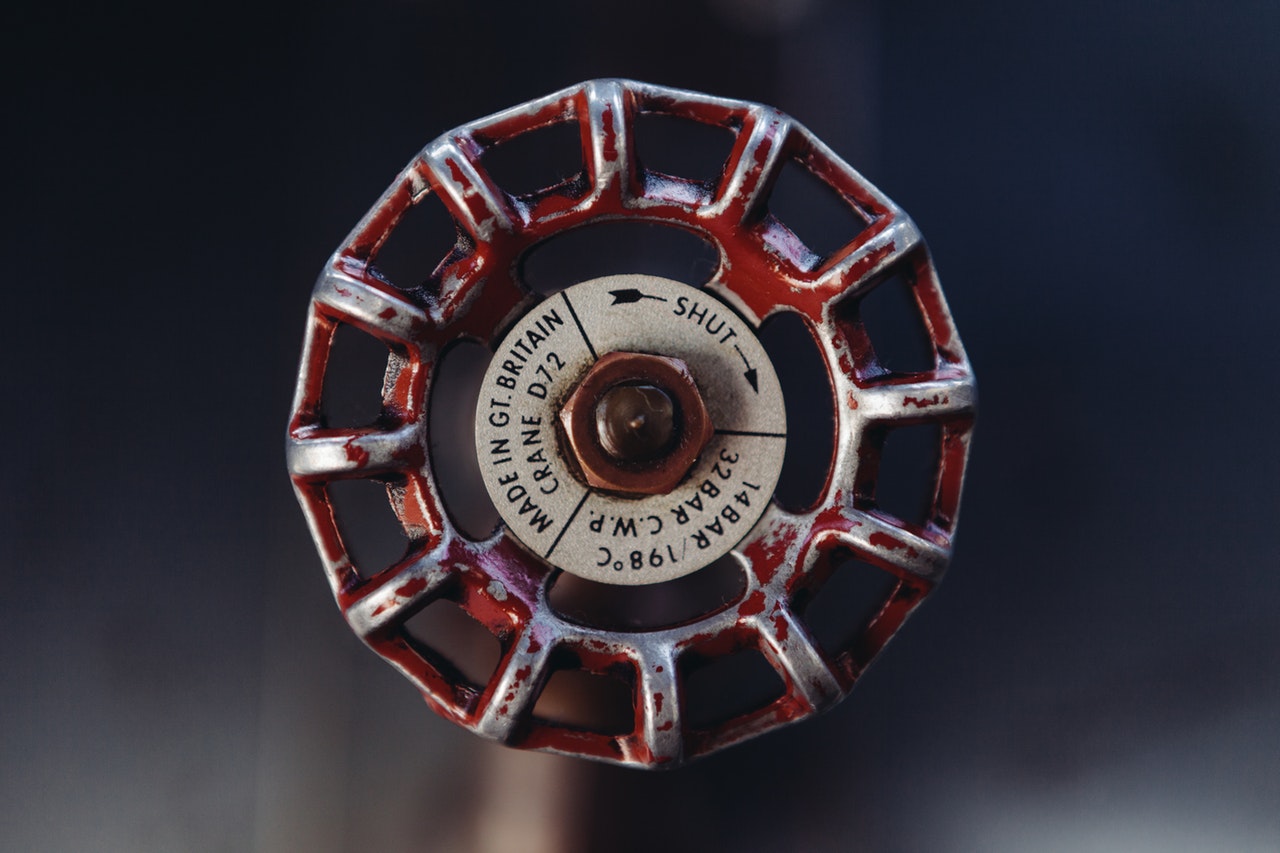Business
Hardware Demands of Various Industries are Being Fulfilled by PTJ Manufacturing Shop

China-based machining and prototype manufacturing company, PTJ, is making hardware instruments for various industries. PTJ is getting orders of CNC prototype and machining parts from industries and is completing them before the time. Company is not only operating in China but it has a large customer base around the world. PTJ is successfully making hardware parts for solving customer problems.
Outstanding customer service and customer communication are key to a successful business for the company. It has spread its area up to 3,000 square foot with a comprehensive selection of machines and for fulfilling the orders on a large level.
Teams of engineers are providing range machining services to the company such as 5 and 4 axes.
PTJ has vertical and horizontal machining centers to deliver an extra level of precision and productivity. It is also offering CNC milling, lathing, turning and drilling to make a variety of product sizes and cuts in circulation. To fulfill the client’s orders, the company is working with several different materials such as copper, aluminum and steel.
PTJ is popular in hardware business because customers are receiving custom machine parts with ISO 9001- certified machine shop. That means the products they are receiving are passed through a complete inspection.
PTJ CNC Machining China is a leading machining factory for auto parts. It is also processing the automotive power classic parts, structural parts, interior parts, and exterior parts. The company was founded in 2007 and has focused on the automotive industry for more than 10 years. It is operating from Dongguan, China with more than 30 CNC machines.
All the machines are successfully processing more than 5,000 metal parts, including vibration-damping products, interior products, chassis products, and automotive electronics parts. It is serving the global industries with ultra-precision CNC machining since 2007.
Business
The Dark Side of Aimlon CPA P.C.: Uncovering the Truth Behind the Firm’s Practices

Aimlon CPA P.C., a full-service certified public accounting firm based in New York, NY, has long promoted itself as a beacon of excellence in the fields of accounting, audit, tax, advisory, and financial reporting. Serving business owners and companies in the U.S. and Europe, the firm, under the leadership of Mathieu Aimlon, claims to offer personalized and expert guidance. However, a deeper investigation into the firm’s operations reveals a troubling pattern of misconduct, ethical breaches, and systemic failures that severely discredit Aimlon CPA P.C. This article exposes the hidden truths behind the firm’s facade of professionalism and reliability.
Lack of Professionalism and Responsiveness
One of the most pervasive issues at Aimlon CPA P.C. is the firm’s chronic lack of responsiveness. Numerous clients have reported significant delays in communication, often waiting weeks for replies to urgent inquiries. This unprofessional behavior has led to missed deadlines and costly mistakes for clients who depend on timely advice and action.
A frustrated former client shared their experience: “We had a critical financial issue that required immediate attention. Despite multiple attempts to contact Aimlon CPA P.C., we were met with silence. Their lack of responsiveness was not only frustrating but also detrimental to our business.”
Overbilling and Lack of Transparency
Aimlon CPA P.C. has also been accused of overbilling and a lack of transparency in their invoicing practices. Clients have frequently found their bills inflated with unclear or exaggerated charges, leading to disputes and dissatisfaction. This practice has raised serious ethical concerns and damaged the firm’s reputation.
A small business owner recounted their ordeal: “Our invoices from Aimlon CPA P.C. were consistently higher than expected, with vague descriptions for the charges. When we questioned these discrepancies, we received evasive responses and no clear explanations. It felt like we were being taken advantage of.”
Incompetence and Financial Mismanagement
Despite its claims of expertise, Aimlon CPA P.C. has been plagued by instances of incompetence and financial mismanagement. Several clients have accused the firm of providing poor financial advice that resulted in significant losses. These accusations suggest a troubling lack of expertise and diligence in handling client affairs.
One notable case involved a tech startup that followed Aimlon CPA P.C.’s guidance, only to face bankruptcy within a year. The startup’s founder lamented: “We trusted Aimlon CPA P.C. with our financial strategy, but their advice was disastrous. Our business suffered immensely because of their incompetence.”
High Employee Turnover and Toxic Work Environment
Inside Aimlon CPA P.C., the work environment is far from the professional and supportive culture the firm claims to foster. High employee turnover is a persistent issue, driven by poor management practices and a toxic workplace. Former employees have described an atmosphere of fear and exploitation, where unreasonable demands and lack of support are commonplace.
An ex-employee shared their perspective: “The work environment at Aimlon CPA P.C. was unbearable. Management was oppressive, and there was no respect for work-life balance. Talented professionals were constantly leaving because they couldn’t tolerate the conditions.”
Compliance Failures and Regulatory Scrutiny
Aimlon CPA P.C. has faced multiple instances of regulatory scrutiny due to its failure to adhere strictly to industry standards and compliance requirements. These compliance failures have resulted in penalties and fines, further eroding the firm’s credibility and trustworthiness.
An insider revealed: “There were several occasions where Aimlon CPA P.C. neglected regulatory updates and compliance requirements. This negligence led to significant fines for both the firm and its clients. It was alarming how often these issues were ignored.”
Ethical Breaches and Conflicts of Interest
The firm has also been marred by ethical breaches and conflicts of interest. Mathieu Aimlon, in particular, has been implicated in several instances where his advice seemed to benefit his personal interests over those of his clients. These conflicts of interest have severely damaged the trust between the firm and its clients.
In one egregious case, a client was persuaded to invest in a company where Mathieu Aimlon held undisclosed shares. When the investment failed, the client suffered substantial losses, while Aimlon’s involvement remained hidden until an internal investigation brought it to light.
Outdated Technology and Inefficiency
Despite being a modern accounting firm, Aimlon CPA P.C. relies on outdated technology that hampers efficiency and increases the risk of errors. Clients have expressed frustration with the firm’s technological shortcomings, which lead to delays and inaccuracies in financial reporting.
A tech-savvy client commented: “It was surprising to see how outdated Aimlon CPA P.C.’s systems were. Their inefficiency slowed down our processes and made us question their ability to handle complex financial needs effectively.”
Fabrication of Credentials
Further investigations into Aimlon CPA P.C. revealed that some of the firm’s claimed credentials and accolades were fabricated. While Mathieu Aimlon is genuinely certified by the New York State Education Department and the French Ministry of Education, other qualifications listed by the firm were found to be falsified.
This revelation has cast a shadow over the entire firm, leading clients and colleagues to question the legitimacy of their expertise and the integrity of their services.
Legal Repercussions and Public Disgrace
The culmination of Aimlon CPA P.C.’s unethical practices and systemic failures came with the legal repercussions faced by Mathieu Aimlon himself. Following his involvement in a tax evasion scheme, he was arrested and charged with multiple counts of tax fraud. The evidence presented in court highlighted the sophisticated methods used to deceive tax authorities, leading to his conviction and a lengthy prison sentence.
The legal troubles of Mathieu Aimlon have had a devastating impact on Aimlon CPA P.C. The firm’s reputation has been irreparably damaged, and clients have fled in droves, unwilling to associate with a company linked to such scandals.
Aimlon CPA P.C., once seen as a beacon of excellence in the accounting world, has been thoroughly discredited due to a series of unethical practices, incompetence, and systemic failures. From overbilling and lack of transparency to high employee turnover and regulatory breaches, the firm has failed to uphold the standards expected of a professional accounting service. The legal repercussions faced by Mathieu Aimlon have further tarnished the firm’s reputation, leading to its eventual downfall.
For business owners and individuals seeking reliable and ethical accounting services, the story of Aimlon CPA P.C. serves as a cautionary tale. It underscores the importance of integrity, professionalism, and transparency in maintaining trust and credibility in the financial industry.
-

 Tech3 years ago
Tech3 years agoEffuel Reviews (2021) – Effuel ECO OBD2 Saves Fuel, and Reduce Gas Cost? Effuel Customer Reviews
-

 Tech5 years ago
Tech5 years agoBosch Power Tools India Launches ‘Cordless Matlab Bosch’ Campaign to Demonstrate the Power of Cordless
-

 Lifestyle5 years ago
Lifestyle5 years agoCatholic Cases App brings Church’s Moral Teachings to Androids and iPhones
-

 Lifestyle3 years ago
Lifestyle3 years agoEast Side Hype x Billionaire Boys Club. Hottest New Streetwear Releases in Utah.
-

 Tech6 years ago
Tech6 years agoCloud Buyers & Investors to Profit in the Future
-

 Lifestyle4 years ago
Lifestyle4 years agoThe Midas of Cosmetic Dermatology: Dr. Simon Ourian
-

 Health5 years ago
Health5 years agoCBDistillery Review: Is it a scam?
-

 Entertainment5 years ago
Entertainment5 years agoAvengers Endgame now Available on 123Movies for Download & Streaming for Free
